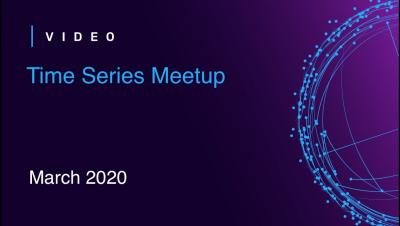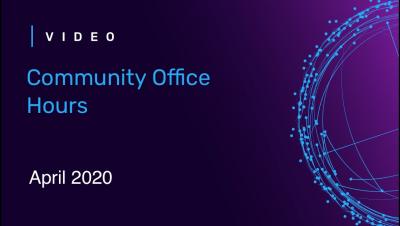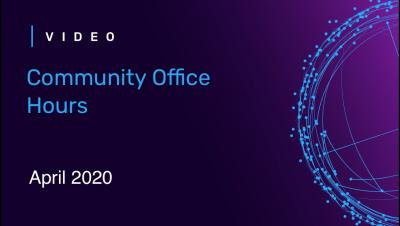Operations | Monitoring | ITSM | DevOps | Cloud
April 2020
Virtual Time Series Meetup - March 2020
InfluxData expands in Asia Pacific region with Digital China and Hyundai BS&C partnerships
New distribution partnerships will support increased demand for InfluxDB across the region SAN FRANCISCO — April 29, 2020 — InfluxData, creator of the time series database InfluxDB, today announced its expansion into the Asia-Pacific (APAC) region through new strategic partnerships. Digital China and Hyundai BS&C will be the exclusive value-added distributors of InfluxDB in China and South Korea, respectively. The company also teamed up with Intellify, a reseller in Australia.
InfluxDB Templates: Easily Share Your Monitoring Expertise
If you’re the resident expert in your company on a particular technology, you probably get asked a lot of questions about it: how to set it up, how to maintain it, how to monitor it. While it’s great to be recognized as the expert, all these requests for help can steal time away from your day job. Thankfully, we’ve got something that will help: InfluxDB Templates.
So How Are Developers Feeling During the COVID Health Crisis? We Decided to Ask...
As a developer-focused company, InfluxData is always interested in how the community is doing. During the first two weeks of April, we conducted an online survey to find out how developers are handling life and work during the COVID-19 pandemic. A total of 324 self-identified software developers/engineers from across the world responded (46% from North America, 44% from Europe, 9% from South America, and 1% from Africa) to share their feelings during this unprecedented global event.
InfluxDB Community Office Hours - April 2020
InfluxDB Community Office Hours - April 2020
Apache Arrow, Parquet, Flight and their ecosystem are a game changer for OLAP
Apache Arrow, a specification for an in memory columnar data format, and associated projects: Parquet for compressed on disk data, Flight for highly efficient RPC, and other projects for in-memory query processing will likely shape the future of OLAP and data warehousing systems. This will mostly be driven by the promise of interoperability between projects, paired with massive performance gains for pushing and pulling data in and out of big data systems.
Getting Started with the InfluxDB Go Client
There are several ways to write and query InfluxDB v2 (either open source or Cloud). You can use the HTTP API, Telegraf and any of 200+ plugins, or a client library. However, if you’re specifically looking to build an application with a fast way to fetch data concurrently with an easy binary deploy then — you guessed it — you’d probably want to use the InfluxDB Go Client.
Getting Started with JavaScript and InfluxDB 2.0
With 200+ plugins, Telegraf has a wide variety of methods for scraping, writing, and querying data to and from InfluxDB. However, sometimes users need to perform data collection outside of the capabilities of Telegraf. Perhaps they need to collect custom data and monitor application performance. Maybe they want to take advantage of external tools and libraries to create beautiful web-based visualizations for their users.
InfluxDB is Now Available in Google Cloud Marketplace
In February, we announced the general availability of InfluxDB on Google Cloud, as well as a rich set of integrations that allow you to use our time series data platform to monitor your Google Cloud services, store sensor data from Google IoT core, and send your time series data to Pub/Sub for analysis on Google AI Platform.






